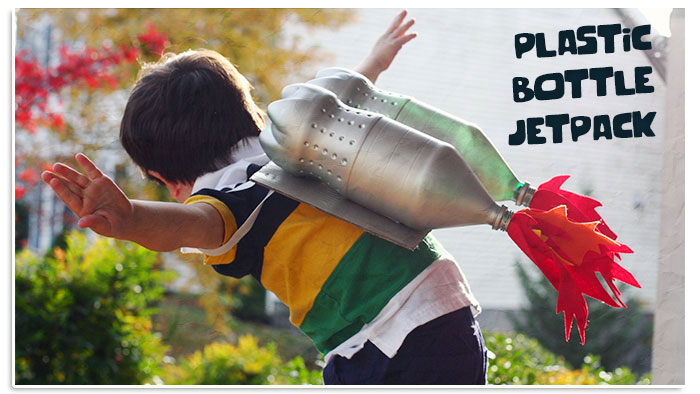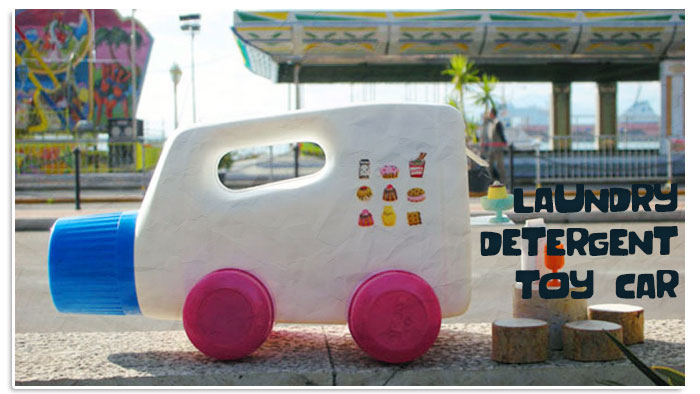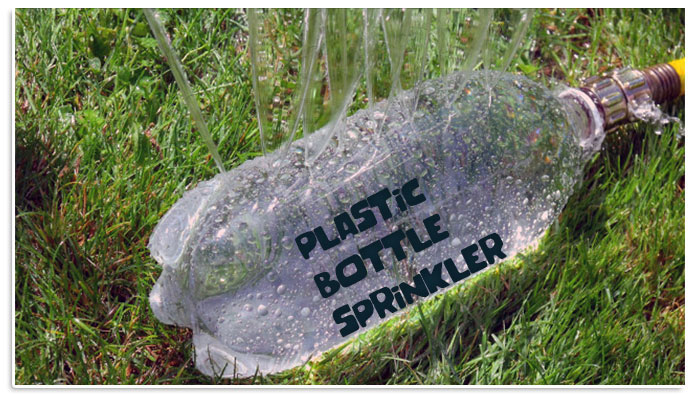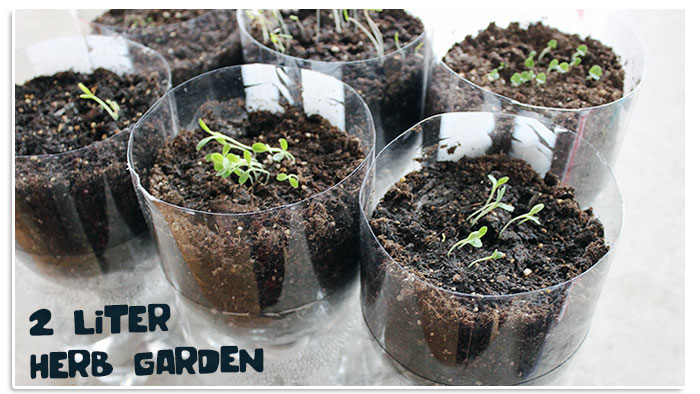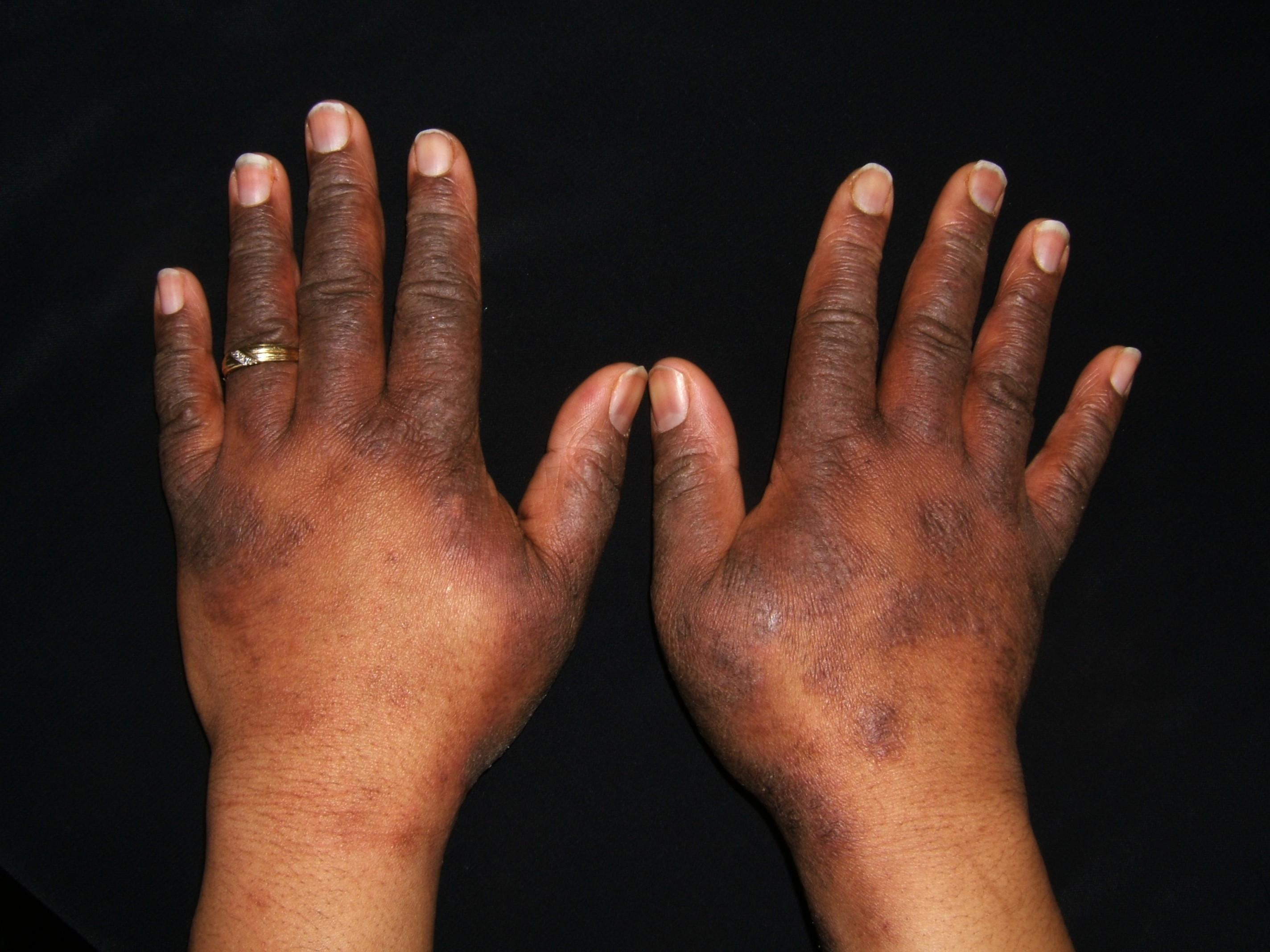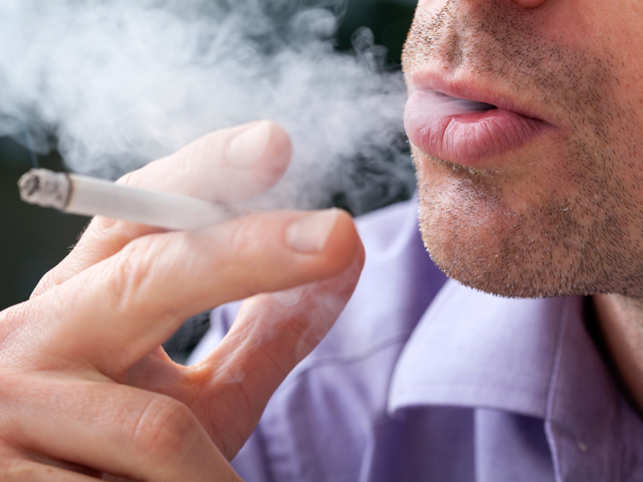Everything to know about phytoplankton
Elijah Rona
October 11, 2018
0 Comments
Have you every wondered about how life is possible in water? What do little fishes eat? Are there plants in the ocean that serve as food for fishes and other organisms? Read this article to learn about the unappreciated phytoplankton and why we should care for them.
Fishes don't have mammary glands (breasts) to feed their young. If fishes were to have mammary glands, they wouldn't be able to feed all of their young especially for those that lay more than 200,000 eggs. What then do fishes eat?
Read Global warming in the world today
References:
Fishes don't have mammary glands (breasts) to feed their young. If fishes were to have mammary glands, they wouldn't be able to feed all of their young especially for those that lay more than 200,000 eggs. What then do fishes eat?
Introducing the plankton
Plankton are little organisms that float and drift in water bodies. They mostly rely on water current for movement except for some that move voluntarily. If you were taught that fishes eat plankton, your next question will probably be 'what do plankton eat?'. To answer this question, let use classify plankton by their kingdoms. There are the zooplankton (animals) and the phytoplankton (plants). The zooplankton just like other animals, need to eat other organisms (plant or animal) to get energy and survive. The phytoplankton however, gain their nutrients from the sun like other plants through photosynthesis. It is fair to say that phytoplankton are the foundation of life on water. They're eaten by zooplankton and other fishes, these zooplankton are eaten by larger fishes and the food web (a complex food chain) goes on to top water predators like sharks.
 |
| Phytoplankton start the food web of aquatic Eco systems |
Why are Phytoplankton so important?
Here are some importance of phytoplankton:
- Through photosynthesis, they take in carbon dioxide and produce oxygen as a bi-product. Without plants and phytoplankton, there may be little or no oxygen on earth.
- They serve as direct food to zooplankton and other aquatic animals arthropods (lobster, krill, etc), indirect food to fishes like sardines, tilapia, sharks etc and both direct and indirect food to other animals like whales.
- Phytoplankton aid in biodiversity by being available in different species across the world to suit other organisms around them.
- Since phytoplankton float near the surface of water bodies, they block the rays of the sun from entering deep into water bodies. This reduces the heat of the sun as the water goes deeper.
- Since the earth is 70% water, the temperature of the water has great effects on the temperature of the whole earth so we can say that phytoplankton have a major role to play in both temperature and availability of oxygen on the whole earth.
 |
| A collection of diatoms (a unicellular form of algae). The most common form of phytoplankton |
Plight of the phytoplankton?
Global warming
As the earth is getting warmer because of the green house gases we emit into our atmosphere, we're not the only ones negatively affected. You see, different organisms (especially those in kingdom plantea) have their specific temperature requirements. As the earth becomes warmer, plankton that prefer cold temperatures will die out while those that prefer warmer temperatures will grow rapidly. One may think that this isn't all bad because there will still be plankton but:- The organisms that rely on and can only be found where phytoplankton that prefer cold temperature are will die of starvation and/or competition
- Global warming can cause Harmful Algal Blooms (HABs). This is a phenomenon whereby some species of algae would grow rapidly and fill up their environment, covering the surface of the water thereby blocking sunlight from reaching fishes and plants below. Some species release harmful toxins into the water killing other lifeforms around.
 |
| Cyanobacteria (blue-green algae) bloom on Lake Erie in 2009 |
Pollution
Pollution introduces toxins into the water. These toxins do not only harm large visible organisms, they also harm plankton. For the plankton that don't die, they might absorb this toxin and it becomes part of them
When Phytoplankton absorb these toxins, they can pass it over to man. How? Polluted plankton will be consumed by other organisms like crayfish and lobster. Don't you eat lobsters? These lobsters will be eaten by fishes like sardines and tilapias. Don't you eat these fishes? The more we pollute the earth, the more we eat food with toxins. We are what we eat.
What can we do to help?
It all comes back to us being careful about the way we dispose our wastes and control the earths resources.
- Reducing the amount of green house gases emitted into the atmosphere will reduce the rate of global warming and therefore, help to save the earth's biodiversity.
- Let's dispose our wastes the right way so they don't find they way into the ocean. These wastes will come back to us as food.
- To learn more ways we can help, read What about the earth? Why save it? and remember to share this article with friends
References:



/cdn.vox-cdn.com/uploads/chorus_image/image/56415683/840248942.0.jpg)













